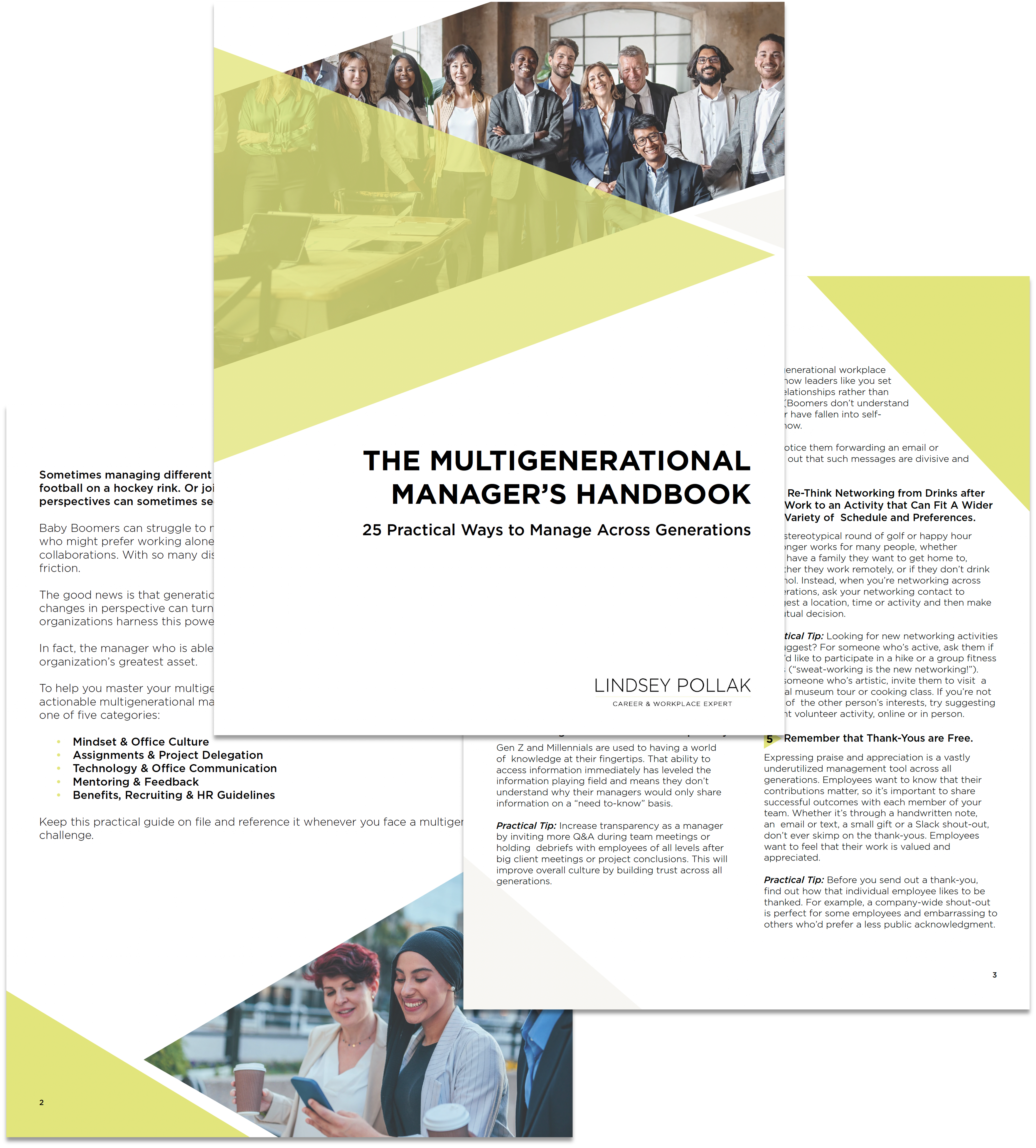I recently joined the JA Worldwide Global Council and, as part of the group, attended my very first in-person meeting since COVID swept the globe. The meeting took place in a law firm conference room in midtown Manhattan. It was a microcosm of “the new normal”: Half of us were in person — masked, vaccinated and six feet apart — and the other half joined through Zoom.
It felt like a glimpse into the foreseeable future. It also reminded me of the great new opportunity we now possess for inclusivity. How amazing is it that the people who couldn’t join us in NYC were still able to participate? In the past, I assume those who wouldn’t or couldn’t travel would simply have missed out.
The hybrid workplace model isn’t going anywhere. Whether your organization is already back in the office full-time, has declared a remote work policy or — like most companies — is muddling somewhere in the middle, the reality is that work will now take place in a hybrid fashion. Even if you’re in the office, a colleague might be working remotely, or vice versa.
Here’s what you need to keep in mind to thrive in this new way of working.
Align Across a Shared Purpose
Keep your focus on the big picture. At the Global Council meeting, even though many of us were physically separated, we were all united by a shared purpose. The CEO kept referring to how our conversation was serving JA’s greater purpose to inspire and prepare young people to succeed in a global economy, and that gave the meeting an energy that superseded location.
Leaders in the hybrid workplace have to be facilitators and big picture thinkers, not micromanagers. Keep the work focused on a shared goal while giving everyone an equal opportunity to participate. This empowers employees to stay motivated wherever and however they’re working.
Give Employees Flexibility — With Boundaries
We’ve seen that without boundaries, employees aren’t sure how to interpret policies. Take Netflix’s year of paid parental leave, for example, or any company offering unlimited vacation. Employees can take too much or, more likely, too little because they don’t know what’s acceptable for them to take.
The hybrid workplace needs to be flexible, but you shouldn’t leave your team guessing what you expect from them.
Don’t make assumptions about your employees, either, especially about who wants to work remotely and who prefers returning to the office. There’s a tendency to assume, for example, that millennials and Gen Zs all want to work from home because they are comfortable connecting virtually. That simply isn’t true. While some early career professionals want to work from home permanently, many young people want to go into the office for increased networking, learning and social opportunities. As always, it’s important to ask employees what they think, and never make assumptions based on age (or gender or race or family status or any another characteristic).
Use In-Person Time Strategically
In any hybrid work model, employees will spend a portion of their time face-to-face. When employees are required to come into the office, don’t replicate meetings that could have happened over a Zoom call. Having everyone together in person may not happen often, so you need to use that shared time strategically.
If you ask people to come into the office in person, use the benefits of in-person interactions. Set up innovation or brainstorming days. Plan a group volunteer event. Or just plan for social time and lunch from a popular restaurant.
Remember that time spent bonding over a meal or other non-work activity isn’t wasted. Quite the opposite — employees thrive on socializing and learning more about each other. That supports a happier, more engaged and more productive workforce, no matter how the workplace itself evolves.

